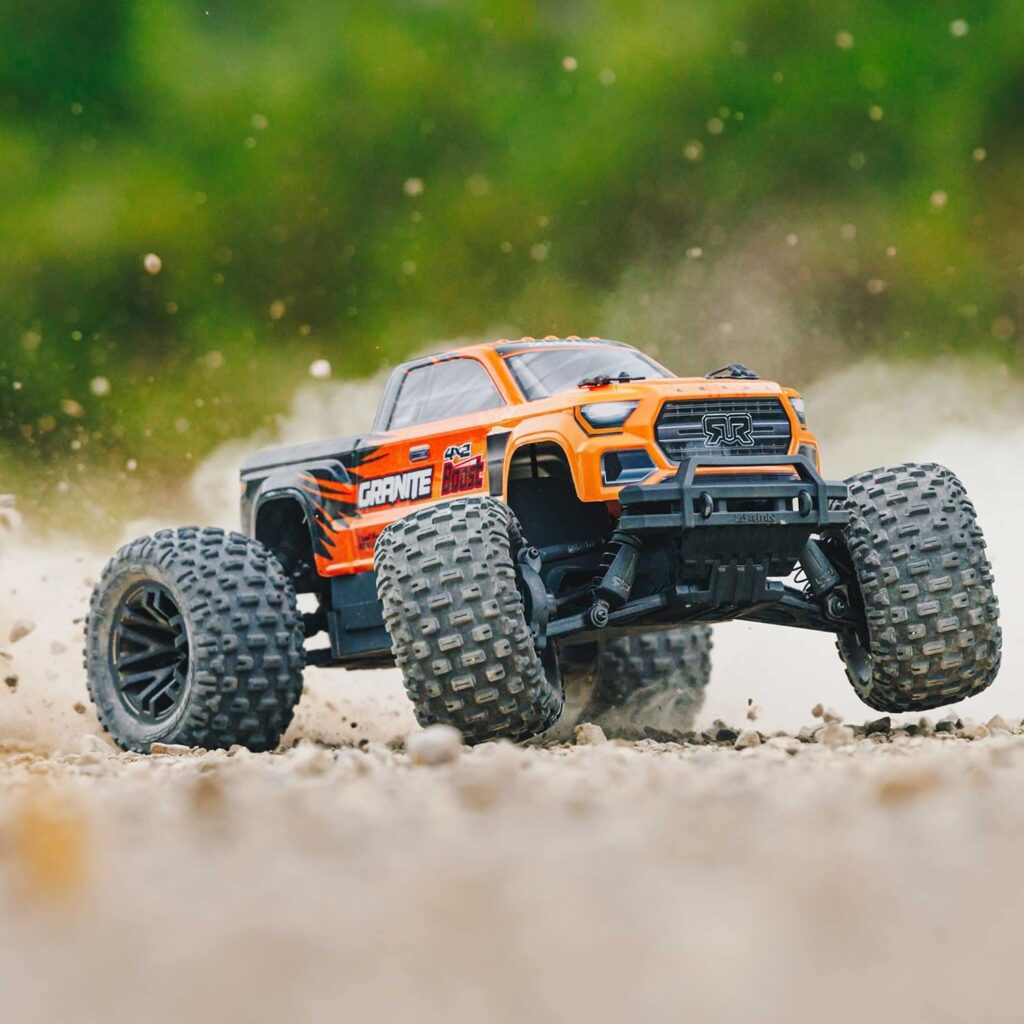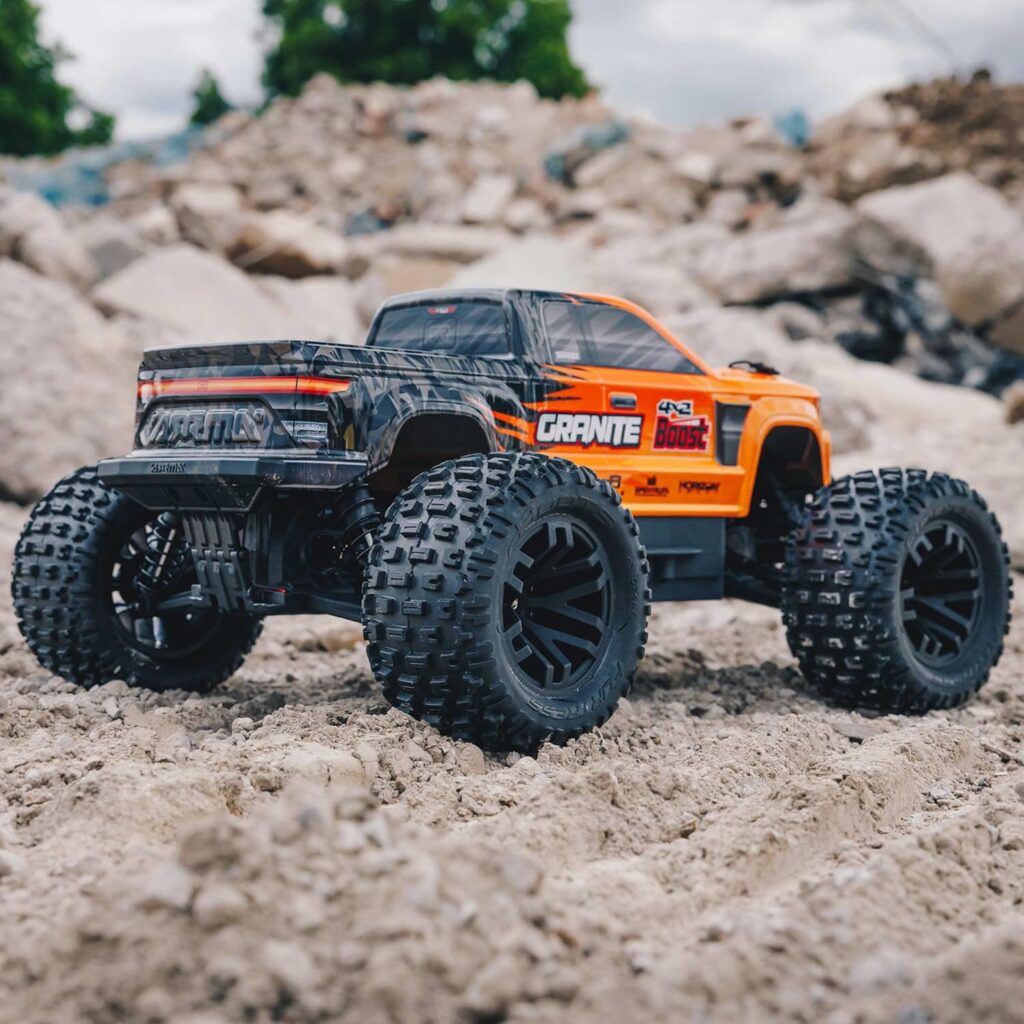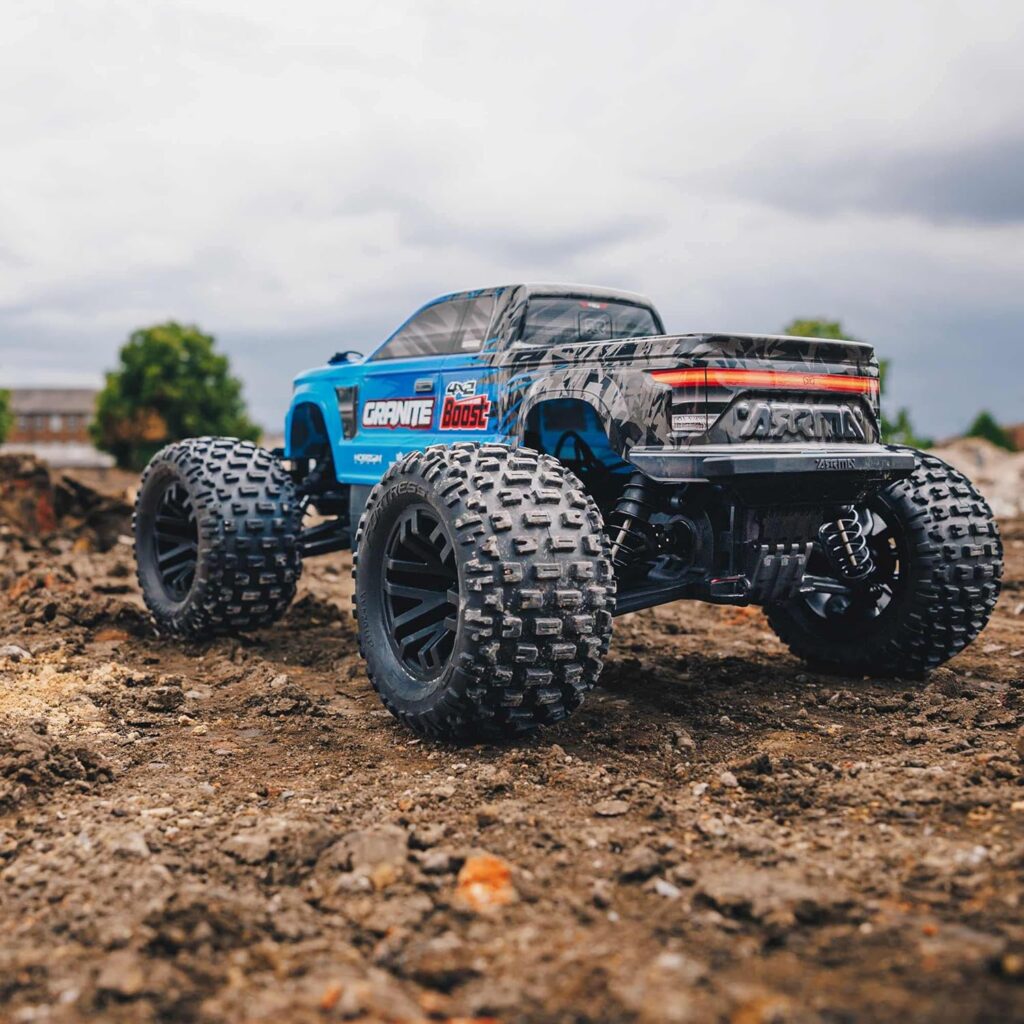Radio controlled (RC) cars are a fun hobby for people of all ages. From young kids driving toy-grade models to hobbyists racing high-performance vehicles, RC cars provide an enjoyable way to experience the thrill of driving. One of the first things to understand when getting started in RC is the concept of scale size. The scale of an RC car represents the proportional size compared to a real full-size car.
Models come in a range of scales from tiny 1/24 miniatures to giant 1/5 monsters. Choosing the right scale size depends on considerations like where you plan to drive, your budget, and your experience level. This beginner’s guide will explain what RC car scale sizes mean and provide tips to help you select the perfect scale to start your hobby. Whether you’re looking for an indoor toy car or an advanced racer, understanding RC car scale sizes is the first step to picking the best model.

Common RC Car Scale Sizes
1/24 Scale RC Car
At just 2-3 inches long, 1/24 is the smallest common scale for RC cars. Models at this micro size are mostly limited to display pieces and toys for indoor use. 1/24 scale approximates a 5-6 inch vehicle if built to actual scale size. The extremely tiny components make 1/24 impractical for hobby-grade models. However, low prices make 1/24 cars great starter toys to test young kids’ interest in the hobby.
1/18 Scale RC Car
The next step up, 1/18 scale cars range from 5-7 inches in length, similar to typical toy cars. 1/18 represents an 18 inch long full-size vehicle if precisely scaled. This compact size works well for beginner hobbyists, especially for indoor driving. While still considered toys, 1/18 models can have better quality components than 1/24. Entry-level brushed motors provide decent speed and performance. The small size also makes 1/18 scale RC cars easy to transport and store.
1/16 Scale RC Car
In the 1/16 size class, RC cars begin to have serious hobby-grade capabilities. With body lengths around 7-10 inches, 1/16 scale approximates a vehicle about 3 feet long at true scale size. These models can accommodate larger motors, batteries and suspension components while still being compact. 1/16 scale is a versatile choice suitable for backyards and parking lots. The improved components deliver greater durability and speeds up to 25 mph. This blend of performance and portability makes 1/16 scale a smart starting point for RC enthusiasts.
1/10 Scale RC Car
1/10 is considered the classic RC car scale size. With body lengths of 12-18 inches, they represent approximately 5-6 foot long full-size cars if built precisely to scale. Large chassis and components allow for high-performance parts like brushless motors, multi-link suspensions, and wide tires. 1/10 racers can exceed speeds of 40+ mph. The size also provides stability at high speeds. However, large run space is required for driving 1/10 models. Racing and hobbyist clubs often use 1/10 scale for track and off-road racing. The immersive size and performance make 1/10 scale appeal to experienced RC enthusiasts.
1/8 Scale RC Car
At the upper end of common sizes, 1/8 scale cars have body lengths approaching 2 feet long. This replicates an 8 foot vehicle if scaled accurately. The oversized dimensions allow 1/8 buggies and trucks to traverse rough terrain and obstacles. Large tires, rugged suspension arms, and immense power deliver thrilling experiences. However, the sheer size requires extensive space for operating them. Storage and transportation also become more difficult. While expensive, 1/8 scale RC vehicles provide an unparalleled experience for driving in dirt, mud and other extreme conditions.
1/5 Scale RC Car
The monsters of RC cars, 1/5 scale models are the largest commonly available. Approaching 3 feet in length, they represent true-to-life 10+ foot long vehicles. Only the most dedicated enthusiasts and racers operate 1/5 cars due to their overwhelming size and expenses. Massive parts can deliver 60+ mph speeds across all types of terrain. But you’ll need acres of space to safely operate them. Aside from costs, the substantial weight also makes 1/5 cars difficult to transport and store. Still, experiencing the power and capabilities of 1/5 scale is unmatched in RC excitement.

How to Choose the Right RC Car Scale Size?
Consider space for driving and storing
One of the most important factors in choosing an RC car scale is evaluating the space you have available to use it. Larger scaled cars require extensive room to operate safely. For example, 1/10 racers need a large track or open driving area to reach top speeds and maneuver. Smaller 1/18 and 1/16 scale RC cars are better suited for backyard use. If you only have indoor space, compact 1/24 or 1/18 models are your best option. Also consider where you will store or transport your RC car. The giant 1/5 scale may not fit in your home or garage. The larger the scale, the more space needed for storage and transportation. Carefully measure your available indoor and outdoor space before deciding on a scale size.
Larger scales are faster but more expensive
In general, larger scaled RC cars can accommodate more powerful motors, batteries and performance parts. This allows them to reach faster speeds compared to smaller scales. But with greater speed comes increased costs. Large 1/8 and 1/5 scale RC vehicles have price tags in the thousands due to the expensive components and materials needed for their construction. Smaller 1/16 and 1/18 cars will only cost hundreds while still providing a fun experience. Remember that skill is still required to safely control an RC car at high speeds. As a beginner, focus first on improving your driving abilities rather than chasing maximum speed.
Smaller scales work well indoors
For indoor use, smaller scale RC cars are the only practical option. Larger scales simply won’t have room to operate inside. Models in 1/24 and 1/18 scales can run well on smooth indoor floors or carpets. Their slower top speeds are also safer for indoor use. Take measurements of rooms or hallways in your home to ensure there’s adequate space before purchasing an indoor RC car. Keep in mind that smaller scales will struggle outdoors if there is any significant roughness or obstacles. Focus on the planned driving environment, indoors or outdoors, when choosing a scale.

Tips for Beginners
Start with an entry level 1/18 or 1/16 scale
As a new RC enthusiast, choose an entry-level model in the 1/18 or 1/16 scale size. These compact sizes allow you to learn RC car skills safely and affordably. With smaller motors and low top speeds, 1/18 and 1/16 models are ideal for getting used to controlling the steering, throttle and braking of an RC. They can be driven in backyard and parking lot environments. Starting with a smaller, hobby-grade car will help develop your abilities without the costs and challenges of larger professional scales. Once you’ve mastered an entry-level 1/18 or 1/16 car, you can move up to advanced scales.
Look for a Ready to Run (RTR) model
For your first RC car, look for a Ready to Run (RTR) kit. RTR models come fully assembled with everything needed to drive out of the box. This includes the transmitter controller. RTR kits allow you to get driving quickly without complicated construction or electronics knowledge. As you progress in the hobby, you can move to more advanced build-it-yourself kits. But RTR cars are the quickest and easiest route for beginners. Focus your time on improving driving skills rather than complex builds.
Invest in extra batteries and parts
While excited to start driving, also plan ahead for maintenance and repairs. Invest in a few extra batteries so you always have a fully charged one on hand. Additional batteries extend driving time and prevent having to cut sessions short while waiting for charging. Also purchase common replacement parts like wheels, tires and suspension components. Having spares of parts that wear down will enable you to quickly fix and get back to driving with minimal downtime. Properly caring for your RC will keep it performing great as you progress from beginner to expert.
List of the Best RC Cars for Beginners
Frequently Asked Questions about RC Car Scale Sizes
Q: How big is a 1/24 scale RC car?
A: 1/24 scale RC cars are very small, usually around 2-3 inches long. At this micro size, they are mostly limited to display pieces and indoor toys. A 1/24 scale model approximates a 5-6 inch vehicle if built precisely to scale.
Q: What size is a 1/18 scale RC car?
A: 1/18 scale RC cars range from about 5-7 inches long. This compact size makes them well-suited for beginner hobbyists, especially for indoor driving. 1/18 scale represents an RC car that would be around 18 inches long at full real-life size.
Q: What is the size of a 1/16 scale RC car?
A: 1/16 scale RC cars are typically 7-10 inches long. This is considered the smallest “hobby-grade” size and can accommodate better motors, batteries and suspension than smaller scales. At true 1/16 scale, the cars would replicate 3 foot long real-life vehicles.
Q: How big is a 1/10 scale RC car?
A: 1/10 scale is a classic RC size, with body lengths ranging from 12-18 inches. When precisely scaled, 1/10 RC cars represent full-size vehicles around 5-6 feet long. Their large size allows high-performance parts for speeds over 40 mph.
Q: What are the dimensions of a 1/8 scale RC car?
A: 1/8 scale RC cars are very large, approaching 2 feet long in body length. This approximates an 8 foot long real car if scaled accurately. The oversized 1/8 models are great for off-road use but require extensive space for driving.
Q: How big is a 1/5 scale RC car?
A: 1/5 scale models are the largest commonly available RC cars. They are around 3 feet long, replicating 10+ foot long life-sized vehicles if built to exact scale size. Only the most dedicated RC enthusiasts operate 1/5 scale due to their overwhelming dimensions and expenses.
Final Thoughts
Choosing the right scale size is an important first step when getting started in RC cars. Consider where and how often you plan to drive – indoors, backyard or racing tracks. Larger scales deliver greater speed and performance but require more space and higher budgets. For most beginners, starting with an entry-level 1/18 or 1/16 scale RTR model is recommended. Focus first on developing driving skills rather than maximum speed. Properly maintain your RC by investing in extra batteries and replacement parts. With an understanding of scale sizes, you can select the perfect introductory RC car to start enjoying this exciting hobby. Careful consideration of size, budget and purpose will lead to picking a great first model that provides a fun and rewarding RC experience.
Enjoyed this guide of RC Car Scale Sizes? Then be sure to check out our other RC Rating guides.






